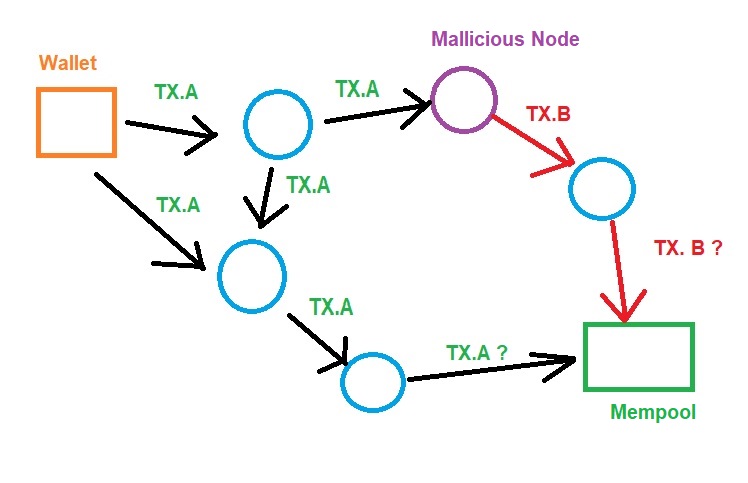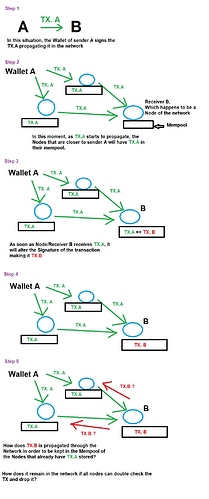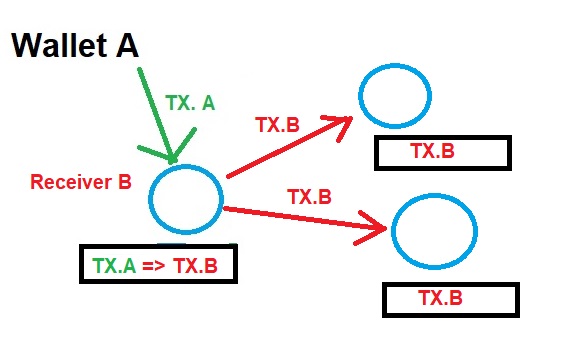@filip
Blockquote
Reading Assignment
What is Segwit?
SegWit introduced a new concept called “block weight.” This is a mashup of the block size with and without the signature data, and is capped at 4MB, while the block size limit for the base transactions remains at 1MB. This means that the SegWit upgrade is compatible with the previous protocol, and avoids the need for a hard fork.
So, SegWit does not increase the block size limit, but it does enable a greater number of transactions within the 1MB blocks. The 4MB cap includes the segregated witness data, which technically does not form part of the 1MB base transaction block.
If a miner finds a block, only the transaction block (1MB block size) is propagated to the nodes. But what about the segregated witness data? Who does keep these data? Only the miner node, which found the block? Or are there any other nodes, which store these data?
And if there are other nodes, which also store these data, how do they get it? Do these nodes construct the witness data using the data in the 1MB base transaction block?







